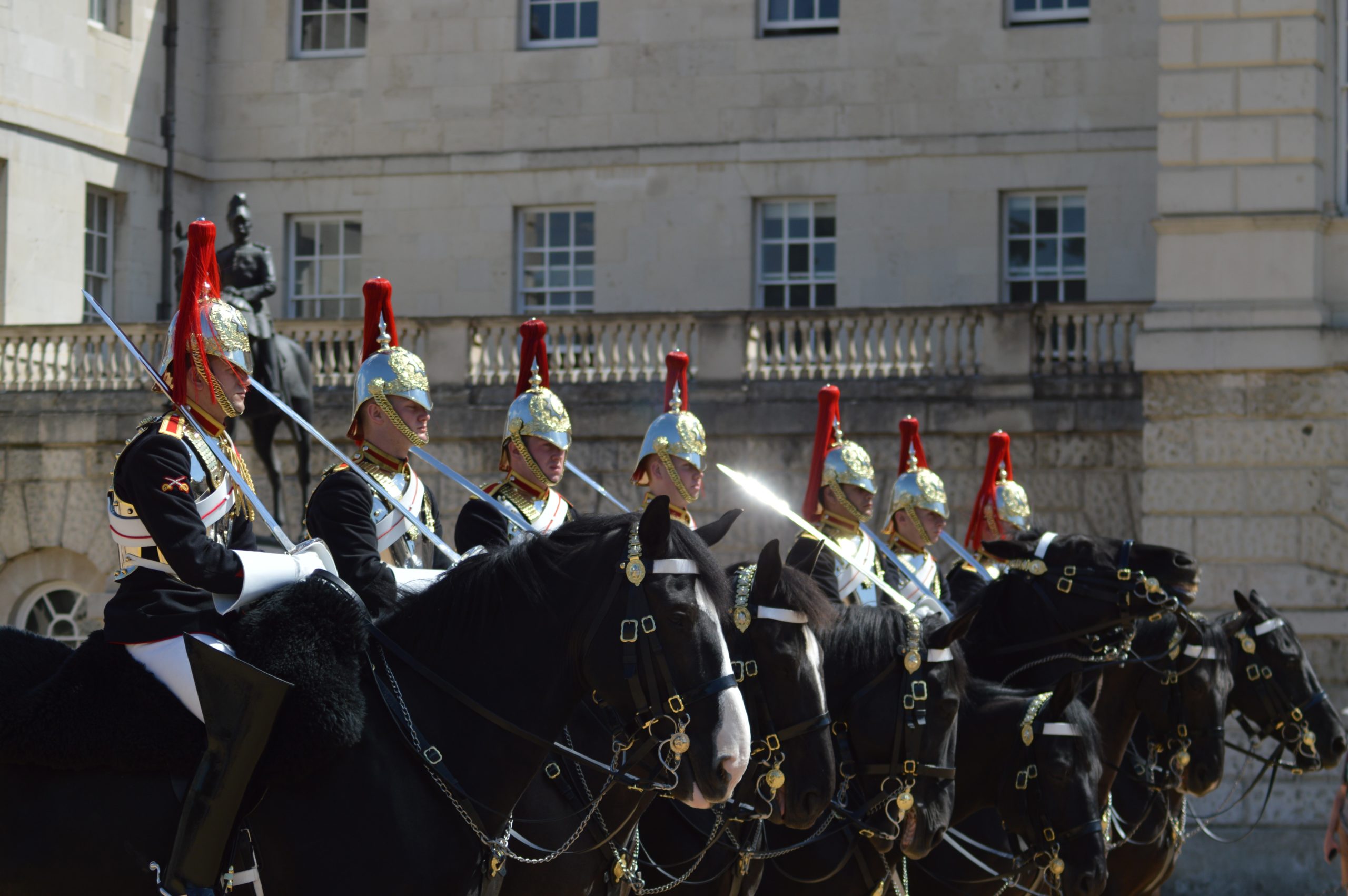Spiked Helmets, also known as the Pickelhaube or Pickelhem, is a form of protective helmet gear characterized by a unique pointy spike. It came in use by the Prussians and Germans as early as the 19th century. It had a commonplace in the gears of the German military, Firefighters, as well as police force. However, the historical use of the spiked helmets is traditionally traced to the Prussian army within the years of 1842 and 1843. The use of this helmet began to spread to other army forces in neighboring environments around that time and it seems to have stuck.
To date, the spiked helmet is still worn as a ceremonial gear by the army and military forces of several countries including Sweden, Colombia, and Chile. Known as a German symbolic helmet, questions have often been raised about the lone pointy spike on the Pickelhaube. On the surface, it would seem that the spike has no use on the battlefield. Further backed by the fact that no one can get close enough to an enemy to deliver a spiked head-butt without being gunned down first. It begs the question; what exactly is the “point” of the Pickelhaube?
Unlike the modern-day ballistic helmets, these unicorn-styled helmets were designed to keep the warriors safe from blade attacks and sword swings. They were designed to keep their soldiers safe for the kind of threat they were exposed to at that period. Today, not all ballistic helmets offer this kind of protection. While most serve the great purpose of deflecting ballistic threats and bullets, not all ballistic helmets provide slash and stab attacks. The spike helmets were crafted from the finest highly-durable helmets that granted their soldiers ultimate protection against stabs and sword strikes that are aimed at the head. Although they have no place in today’s military gears, they are still used as a symbol of rank, battle prowess, and military dignity.
Follow along with our blog here.

